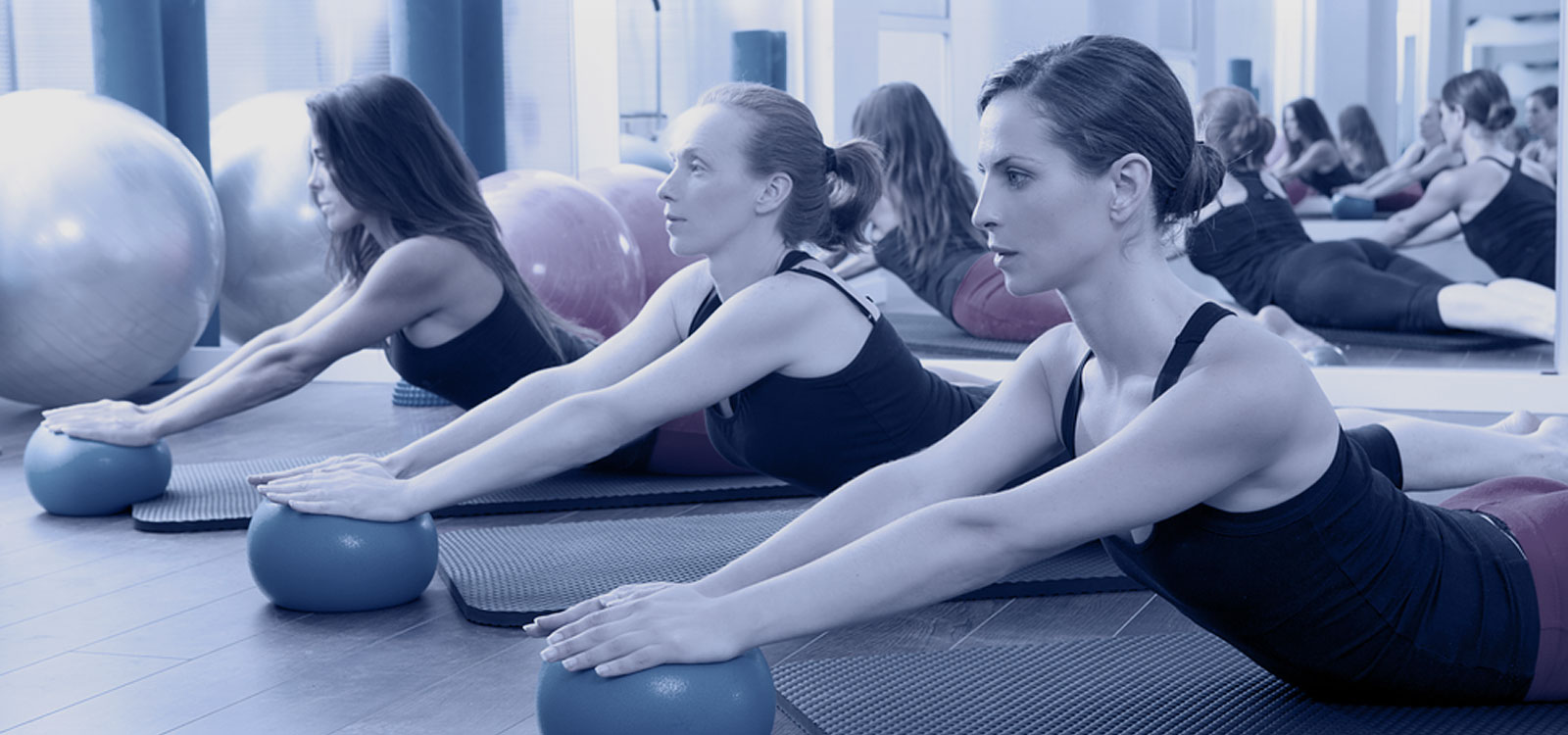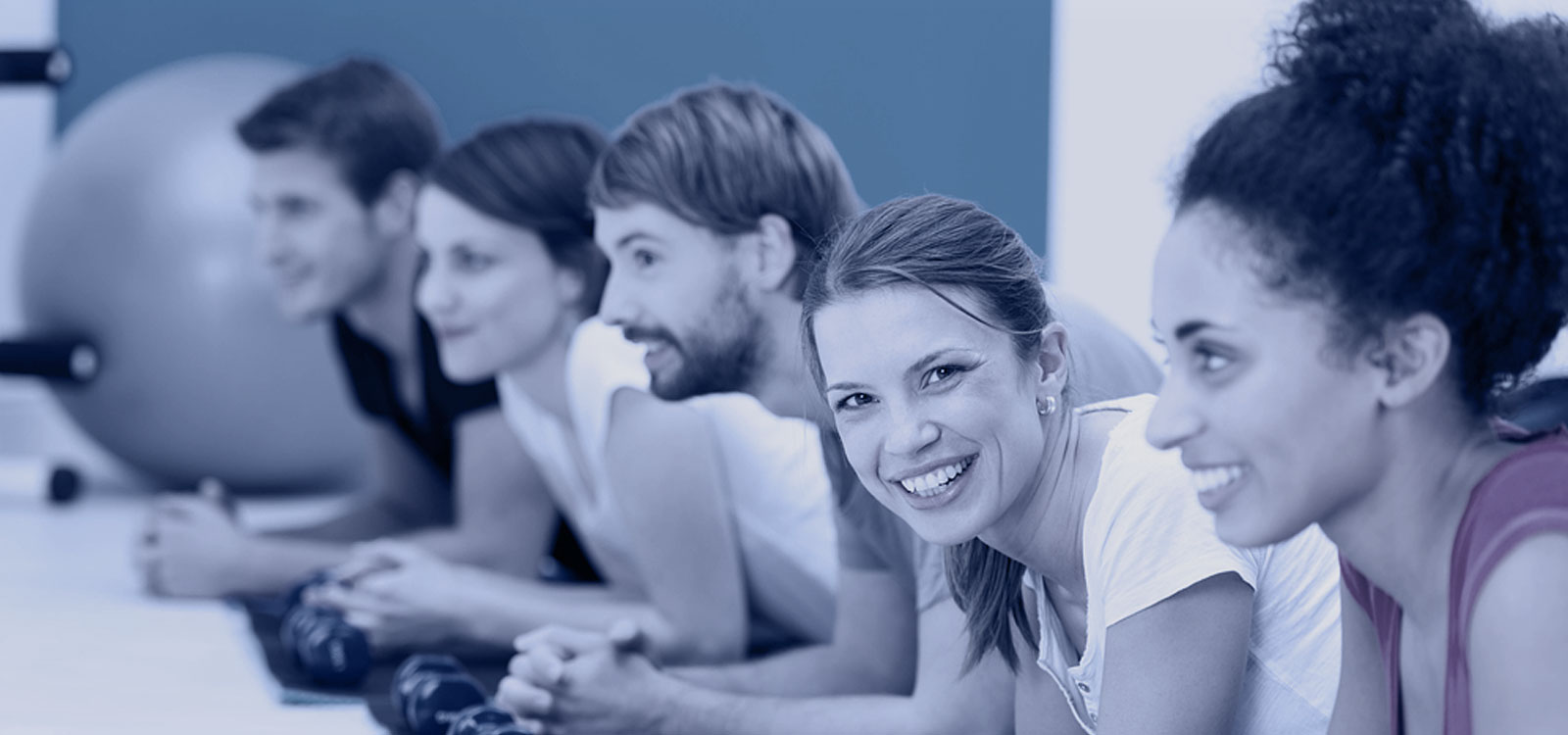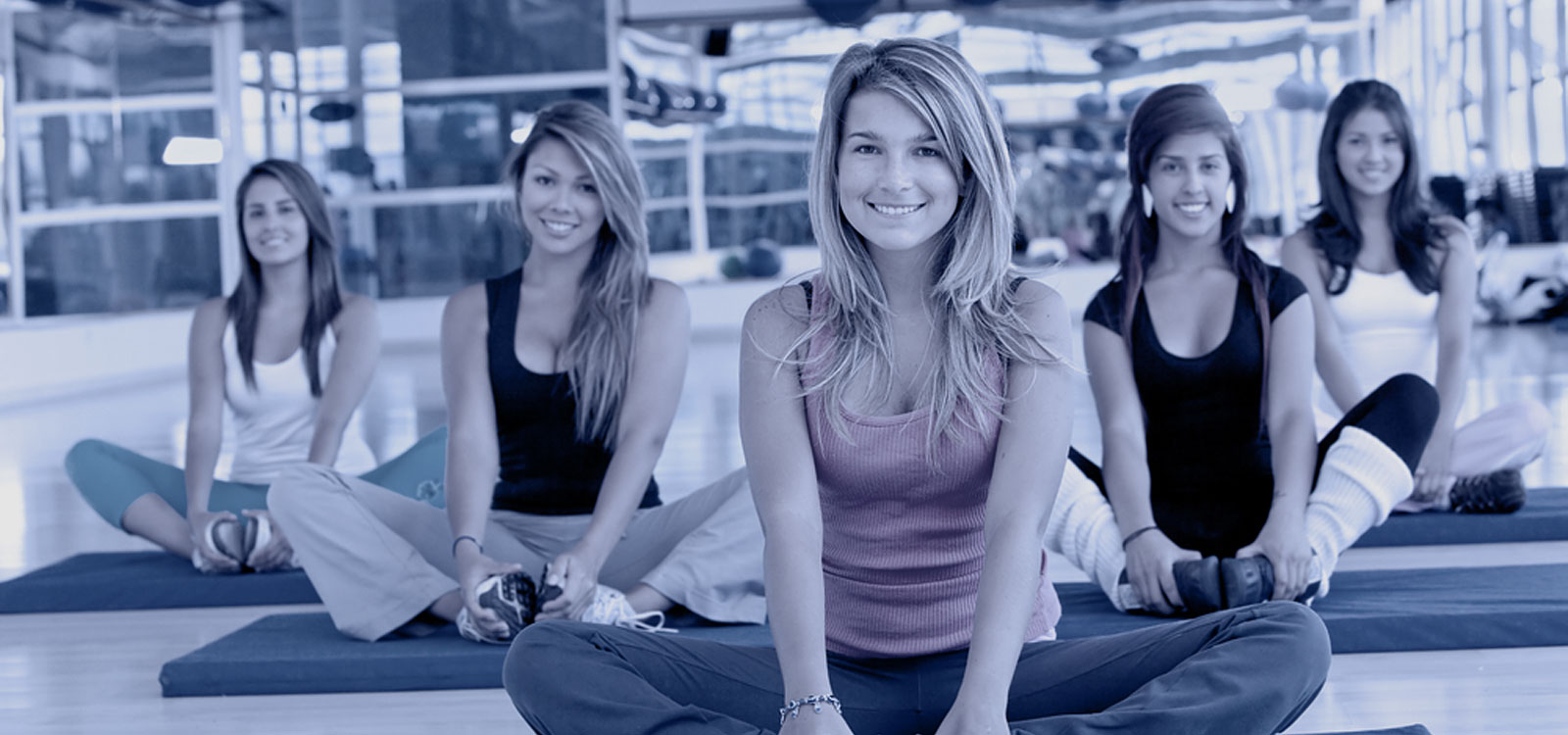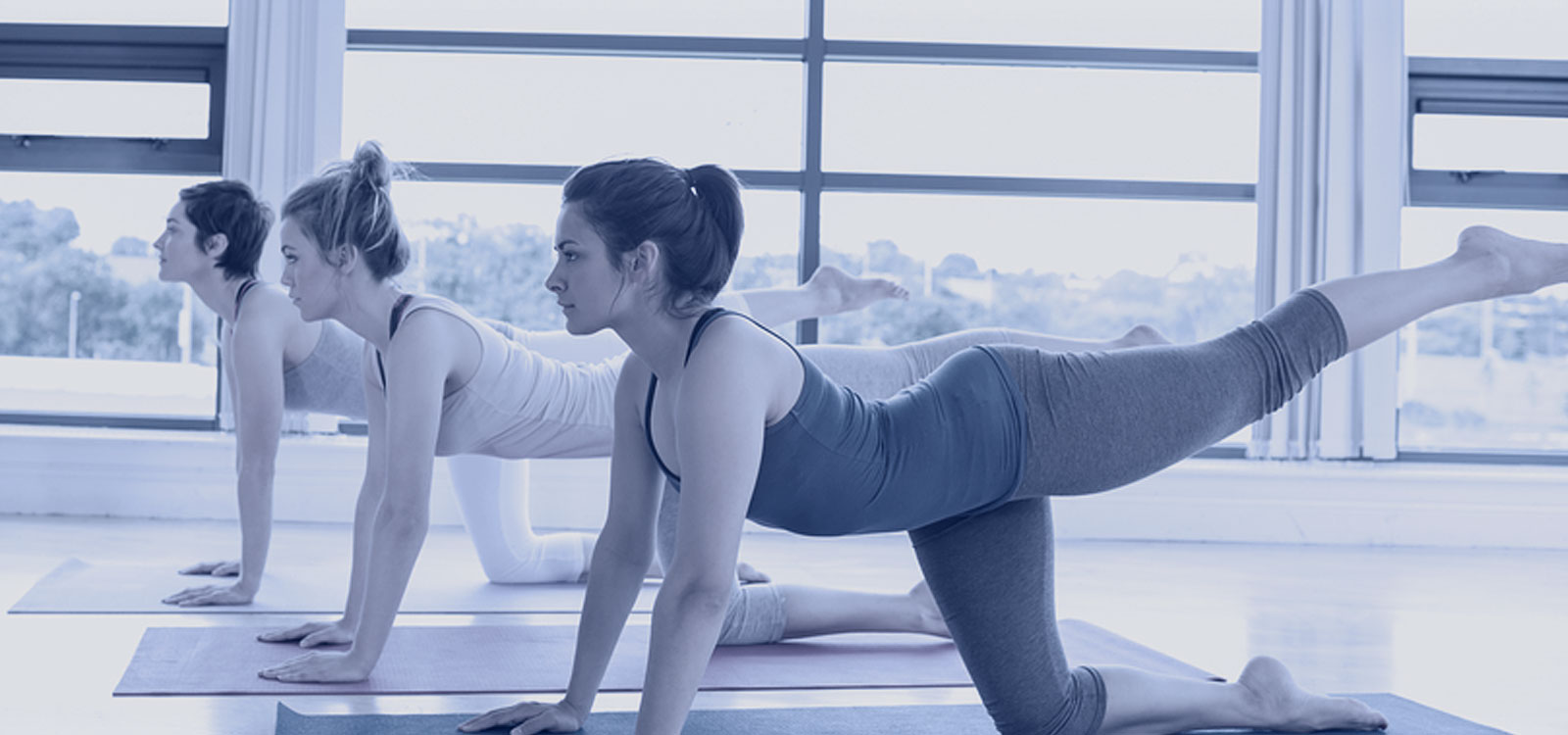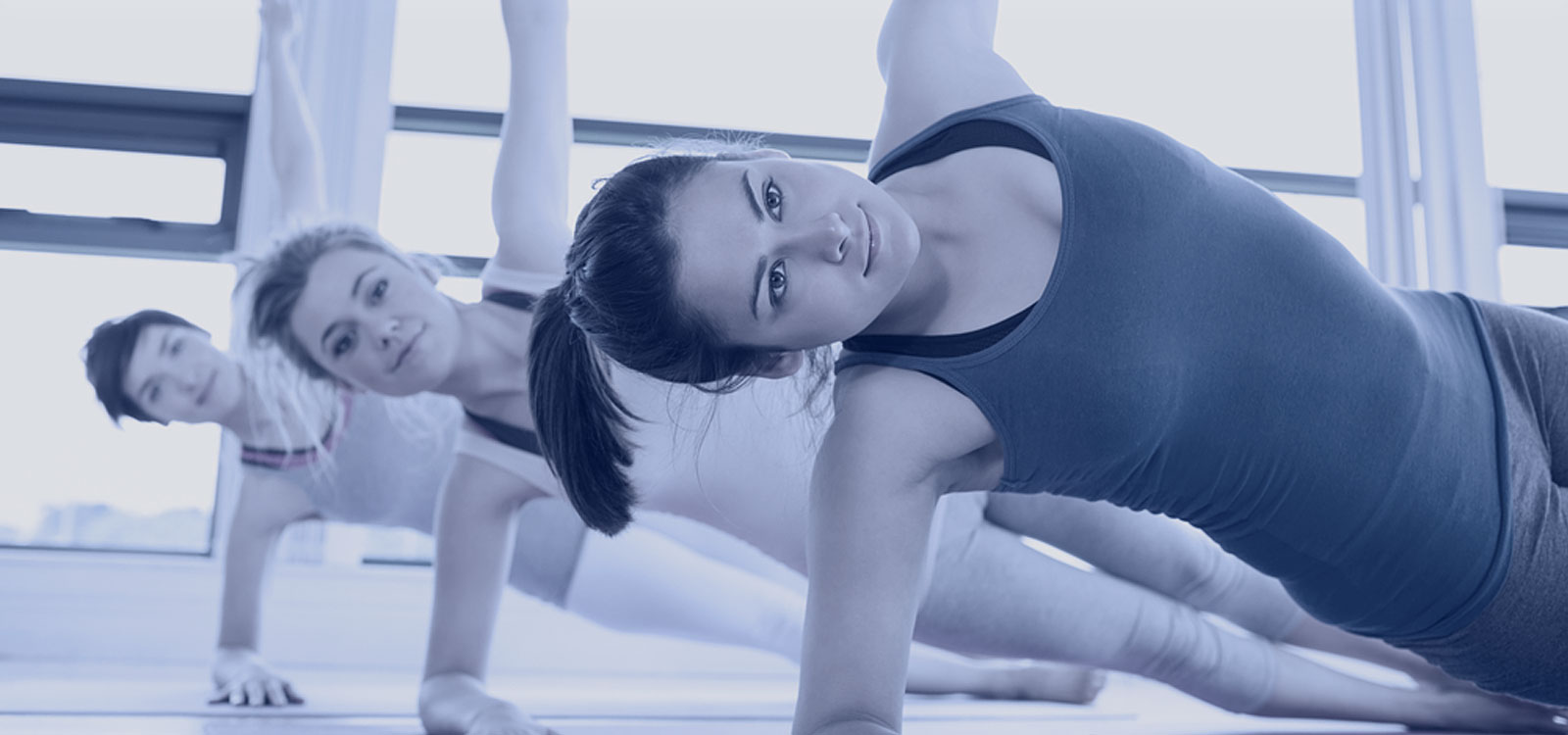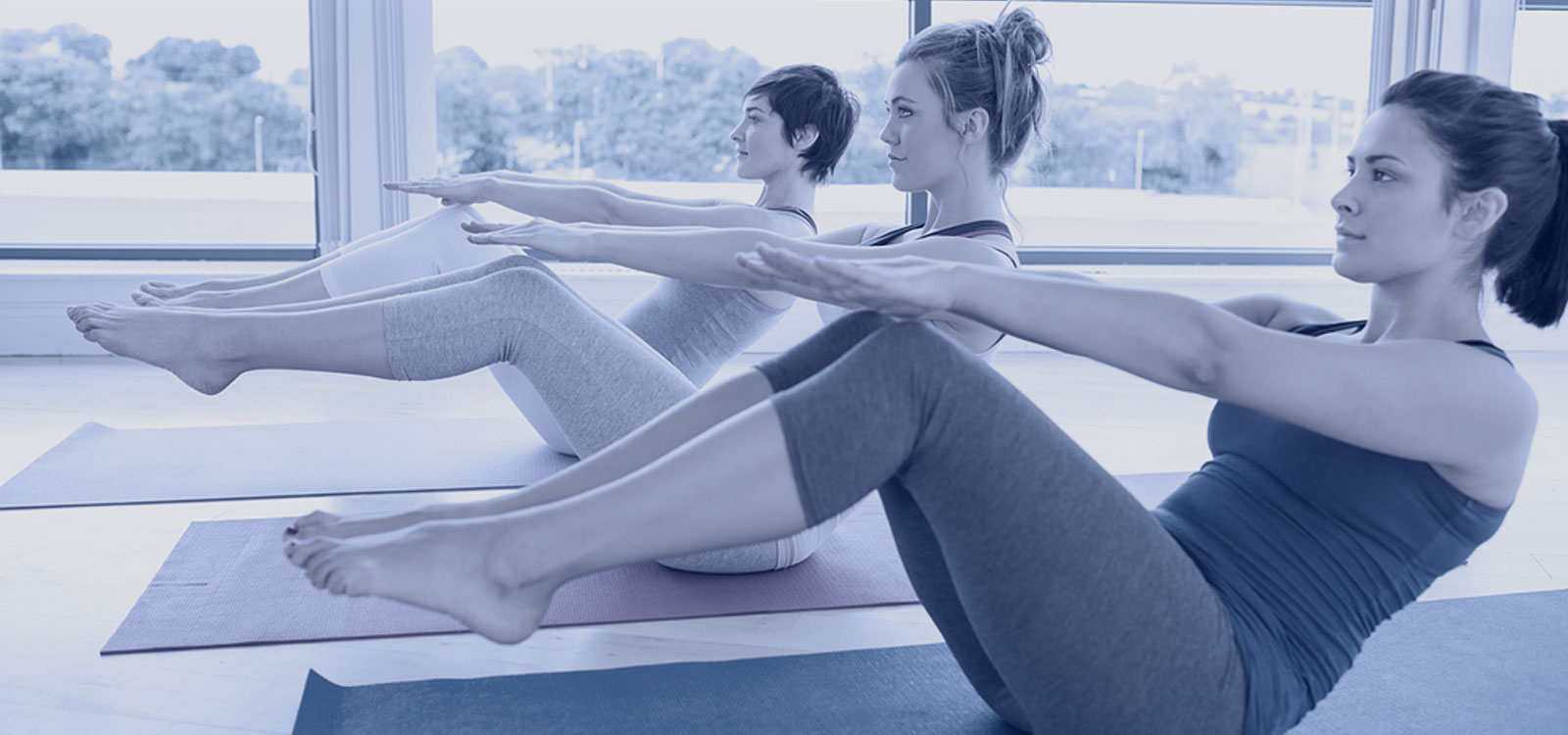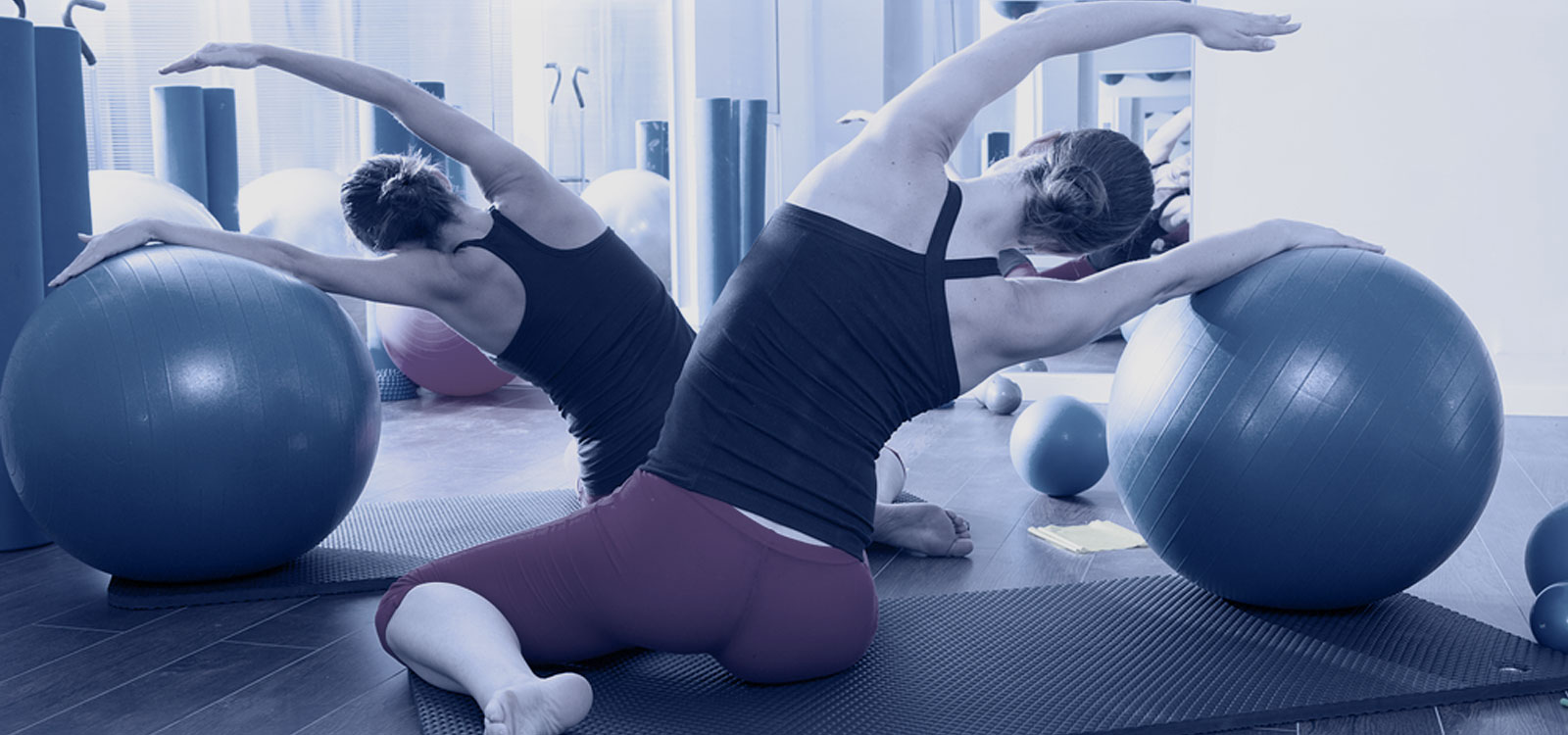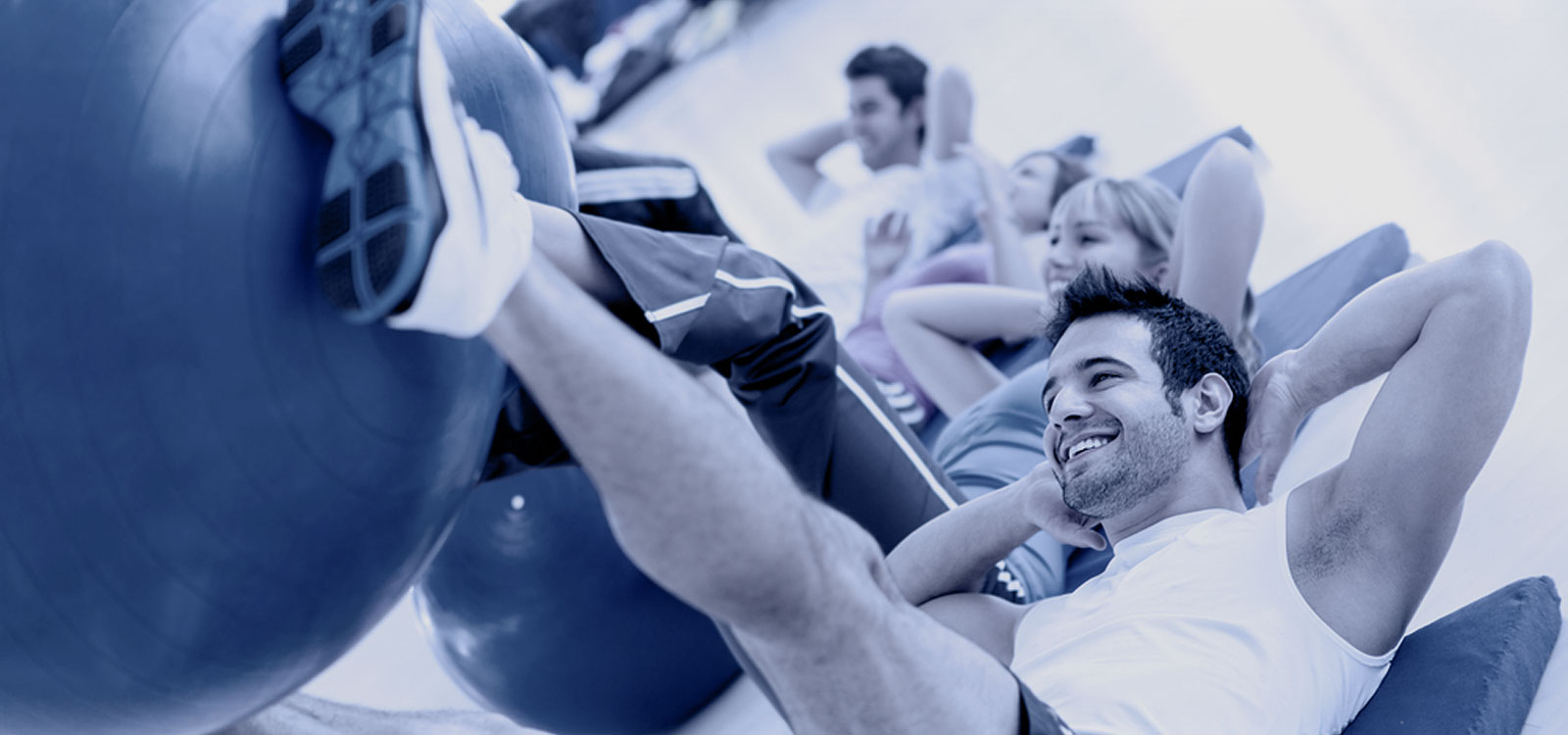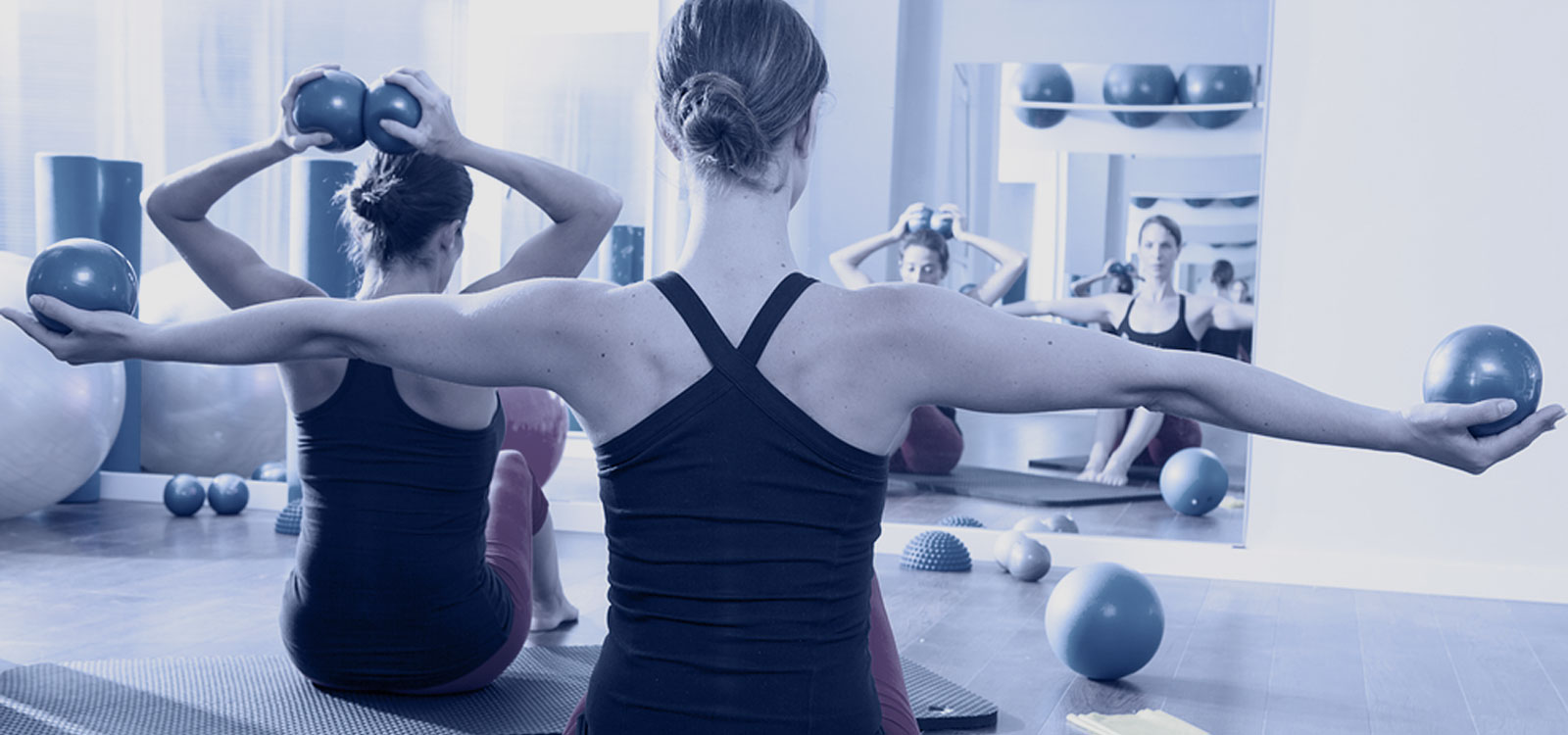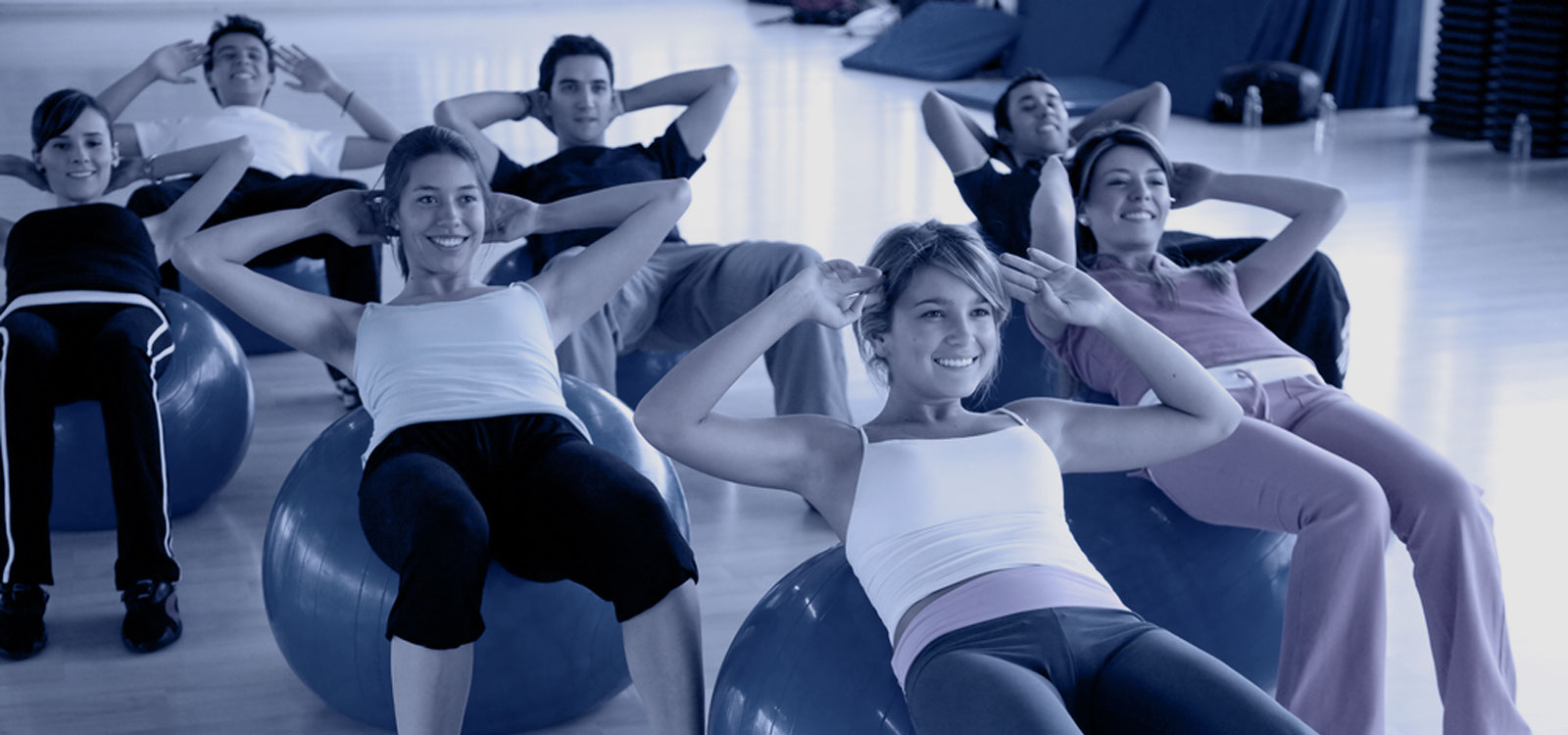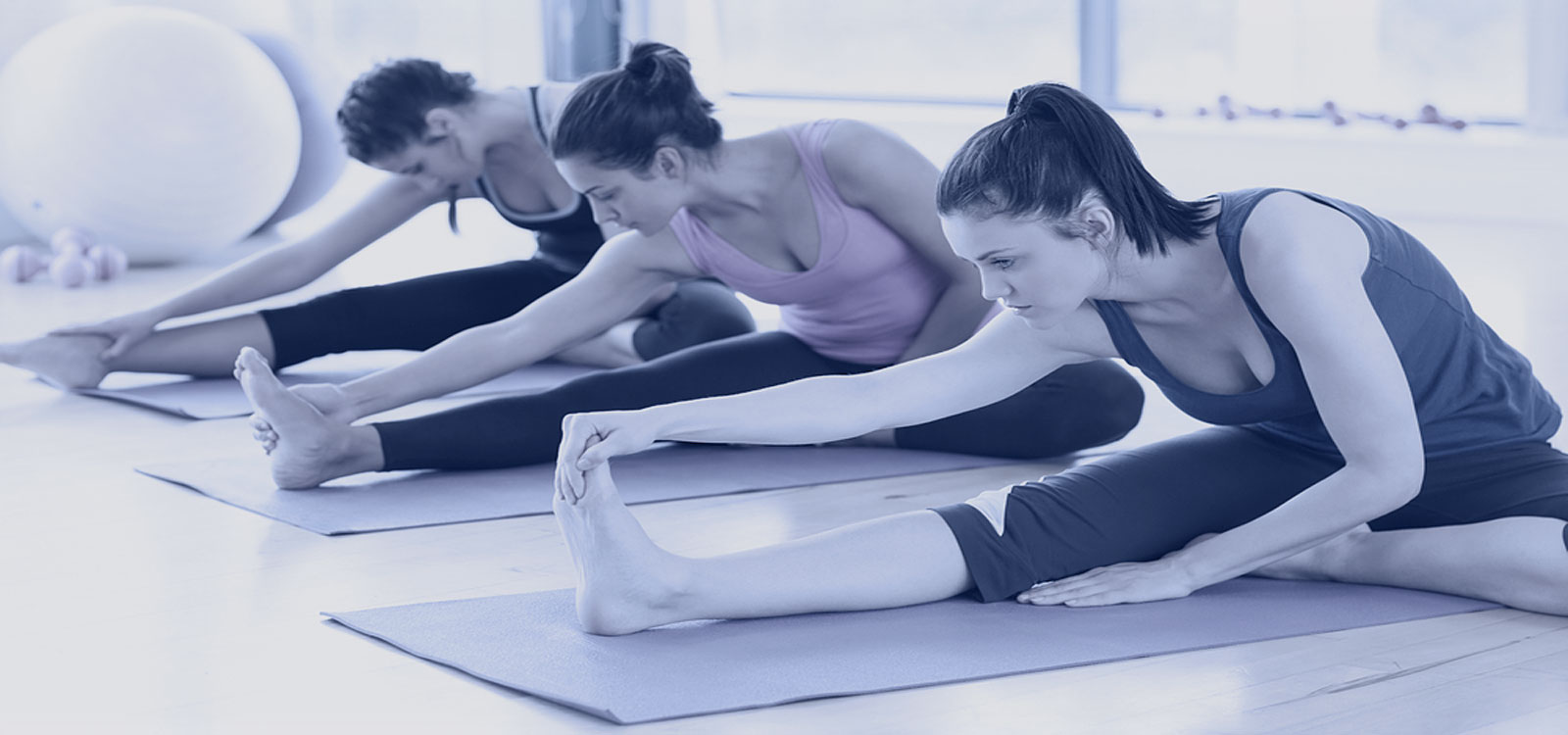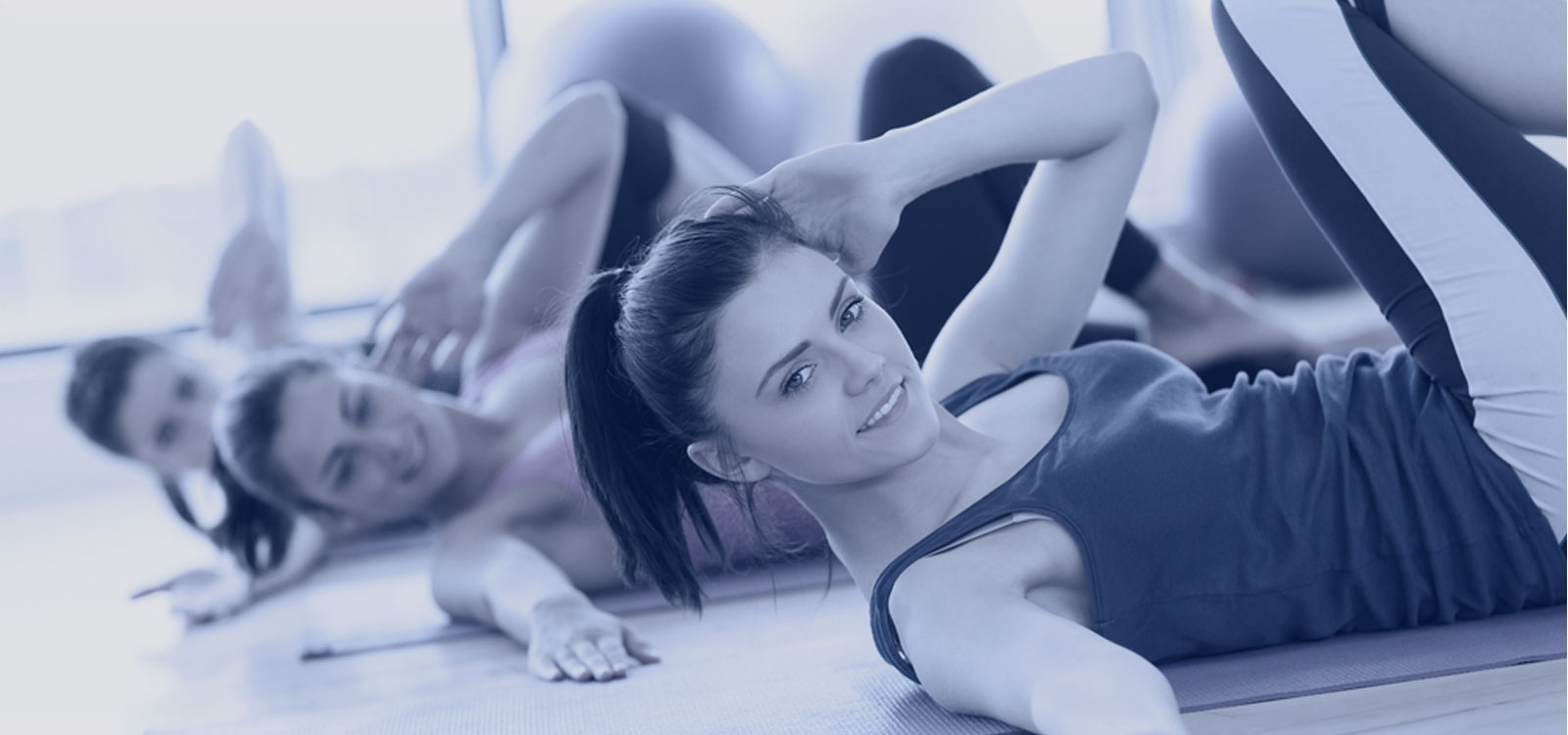The Pilates Method of physical and mental conditioning is a well thought out philosophy which engages both mind and body.
Life is a process of constant change and constant learning, not only with our minds but with our bodies too. Once you start Pilates classes you will continue to "find your body" on new levels with new depth and insight.
More than 80 years ago Joseph H Pilates, a body builder and circus performer, designed and developed a unique system of body conditioning based on the principle that the body must be trained and controlled through the discipline of the mind. His objective was to make people more bodily aware and to bring mind and body together into a unified well balanced entity.
Joseph Pilates would often refer to a quote by Friedrich von Schiller: "It is the mind itself which shapes the body."
The Pilates Method of Physical and Mental Conditioning is unique in that it targets the transversus abdominus – the deepest layer of abdominal muscle and one that seldom gets used or promoted in exercises classes, gyms and day to day activities.
Working from the inside out, a Pilates workout will concentrate on the deep core muscles of the body to create a girdle of strength and support for a supple and graceful body.
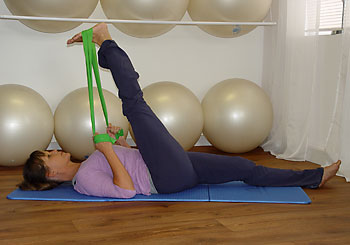
Key principles & techniques of Pilates:
- Breathing – mentally & physically master this technique and the rest of your workout will flow.
- Neutral Spine – understand the difference between neutral spine, arching and imprinting. Why and when we work in neutral.
- Shoulder Stabilisation – learn how shoulder stabilisation improves posture. Find these core postural muscles and learn to recruitment them daily.
- Head Placement – learn where the position of the head should be and how to test yourself.
- Core Abs – what do we mean by core abs and how do I know if I have engaged them?
- Loading the abdominals – what do we mean by loading the upper & lower abdominals? How do we know when the abdominals are fully loaded, under-loaded or over-loaded.
- Pelvic stabilisation – discover how the lower back, core abs, psoas and gluteal (buttock muscles) work together to stabilise the pelvis and why we strive to stabilise the pelvis.
- Imprinting – what do we mean by imprinting and which parts of the body do we use to imprint and why?
Pilates is excellent for:
- keeping fit and supple
- rehabilitation and pain relief
- antenatal and postnatal mothers
- injury prevention for active sports men and women
- gardeners, manual labourers, dancers and couch potatoes
- strengthening and tightening of the pelvic floor muscles
- those suffering from stress incontinence
- an improved sex life for postnatal mothers. See our Medical Pilates section for more on this topic.
The types of Pilates classes:
- Reformer Pilates class
- Matwork Pilates class
- Antenatal Pilates class
- Postnatal Pilates class
- Private Pilates class
- Pilates for Men
- Medical Pilates
Not sure? What do you need from Pilates?

 The cart is empty
The cart is empty